Affiliate links on Android Authority may earn us a commission. Learn more.
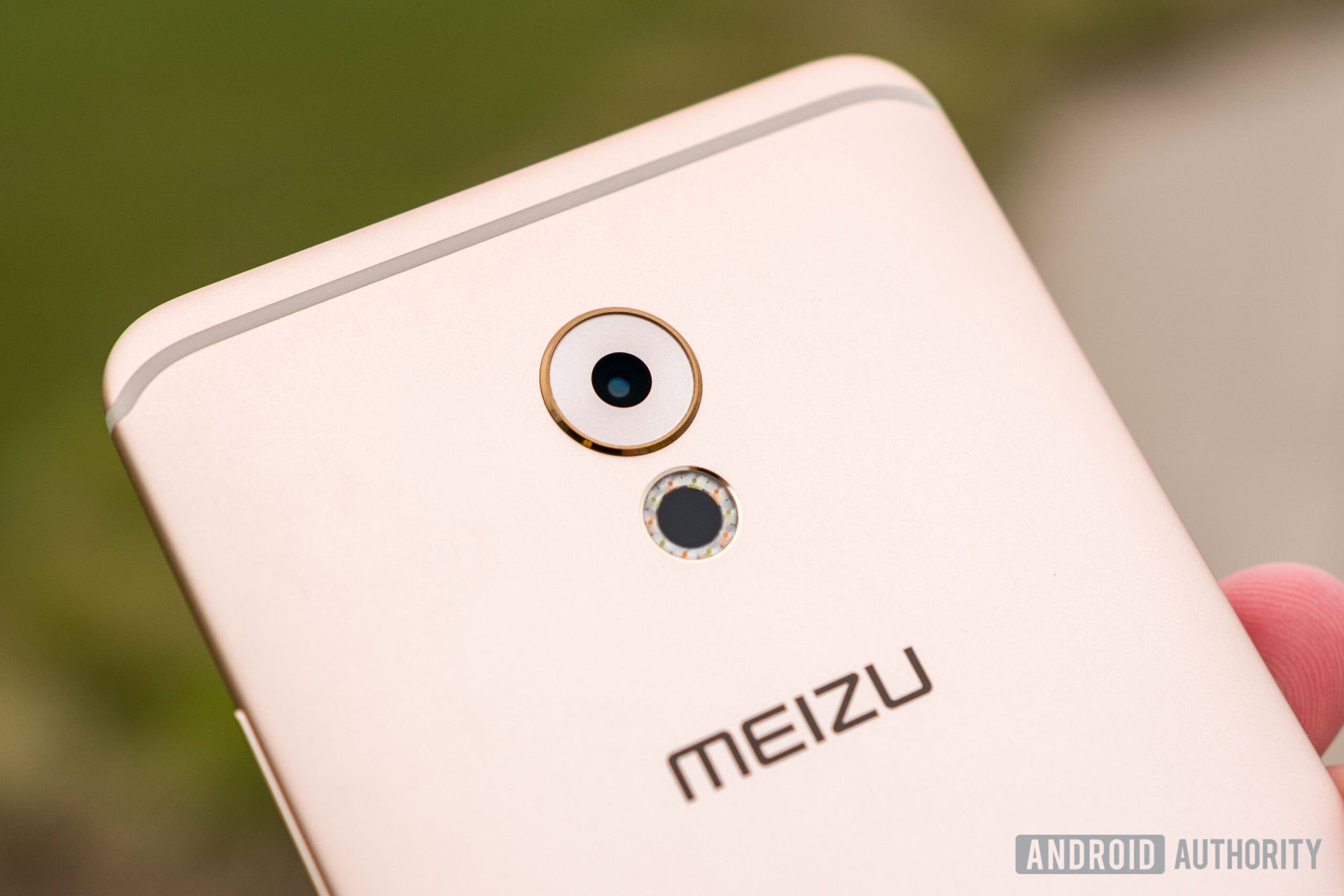
Meizu Pro 6 Plus
What we like
What we don't like
Our scores
Meizu Pro 6 Plus
While blockbuster smartphone manufacturers like Samsung and LG continue to target ultra high-end markets, some Chinese makers are working hard to develop comparable options at significantly lower price points. The affordable flagship trend was first widely covered in the media after OnePlus released the OnePlus One, and options from giants Huawei and ZTE have kept the buzz going.
Other grassroots-esque companies like Meizu and Xiaomi have long focused on value, including in the mid-range price segment. Despite a smaller amount of media coverage, companies like Meizu have consistently delivered affordable flagships of their own.
Additional Meizu coverage
- Meizu Pro 6 Plus announcement
- Meizu Pro 6s announcement
- Meizu Pro 6 review
- Meizu M5, M5s, and M5 Note review
The Meizu Pro 6 Plus is Meizu’s latest flagship device. Its predecessor, the Meizu Pro 6, was a great smartphone but didn’t stand out much from competing options. But, is Meizu’s latest smartphone different? Let’s answer that question and more in our comprehensive Meizu Pro 6 Plus review!
Design
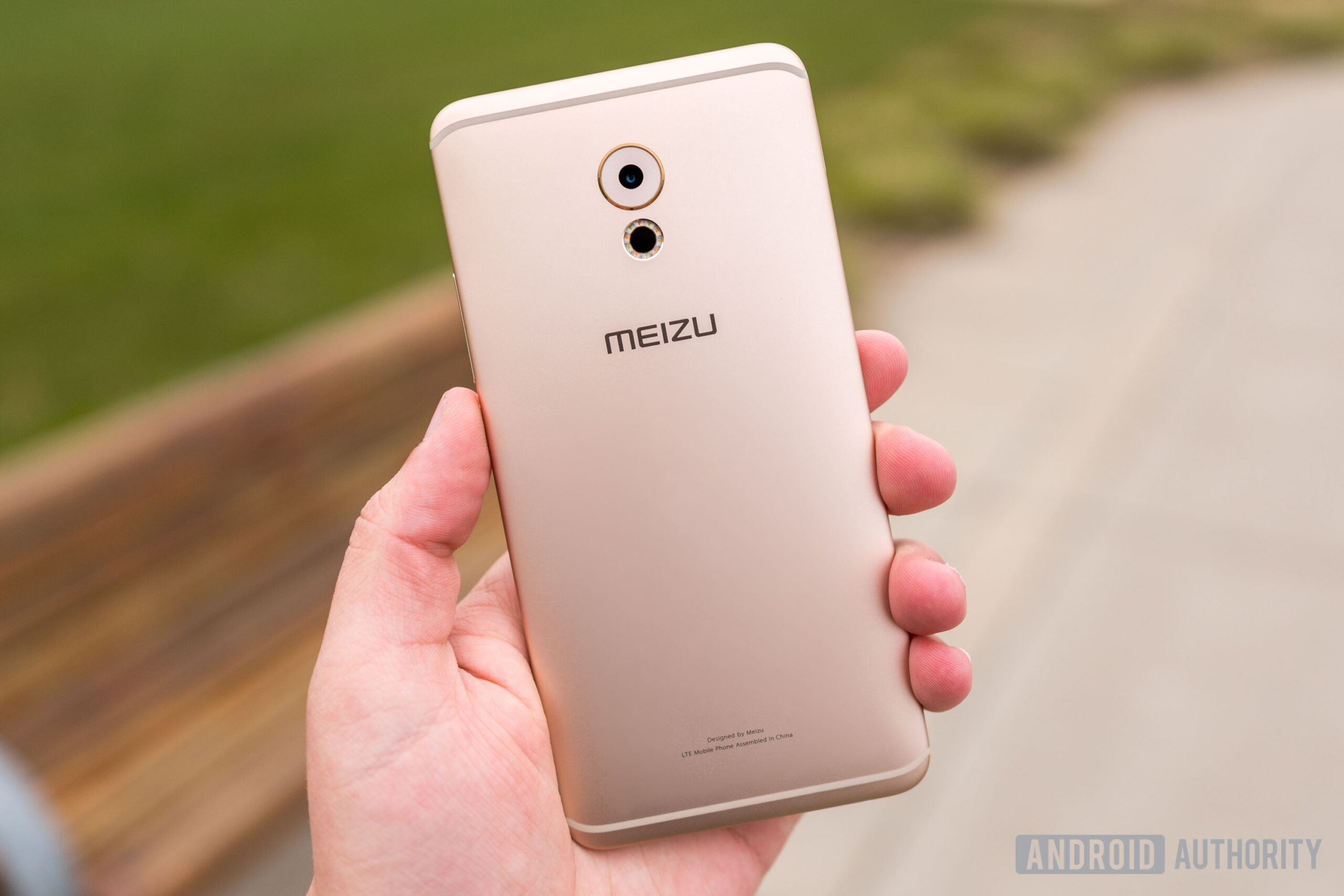
Meizu is sticking to its guns with the Pro 6 Plus’ design. The design here is really not much different from the Pro 6‘s. Aside from a bump in screen size from 5.2-inches to 5.7-inches, the Pro 6 Plus is, design-wise, just a slightly better, more refined version of the Pro 6.
Fortunately, this design is still very impressive. With an all-metal unibody, the Pro 6 Plus is both beautiful and ergonomic. Since the metal is also softer than most other metal smartphones, the phone has a very nice feel in the hand.
This means that it’s also quite slippery though, so you’ll have to be careful when handling it. You may want to consider picking up a case in order to avoid damaging the device.
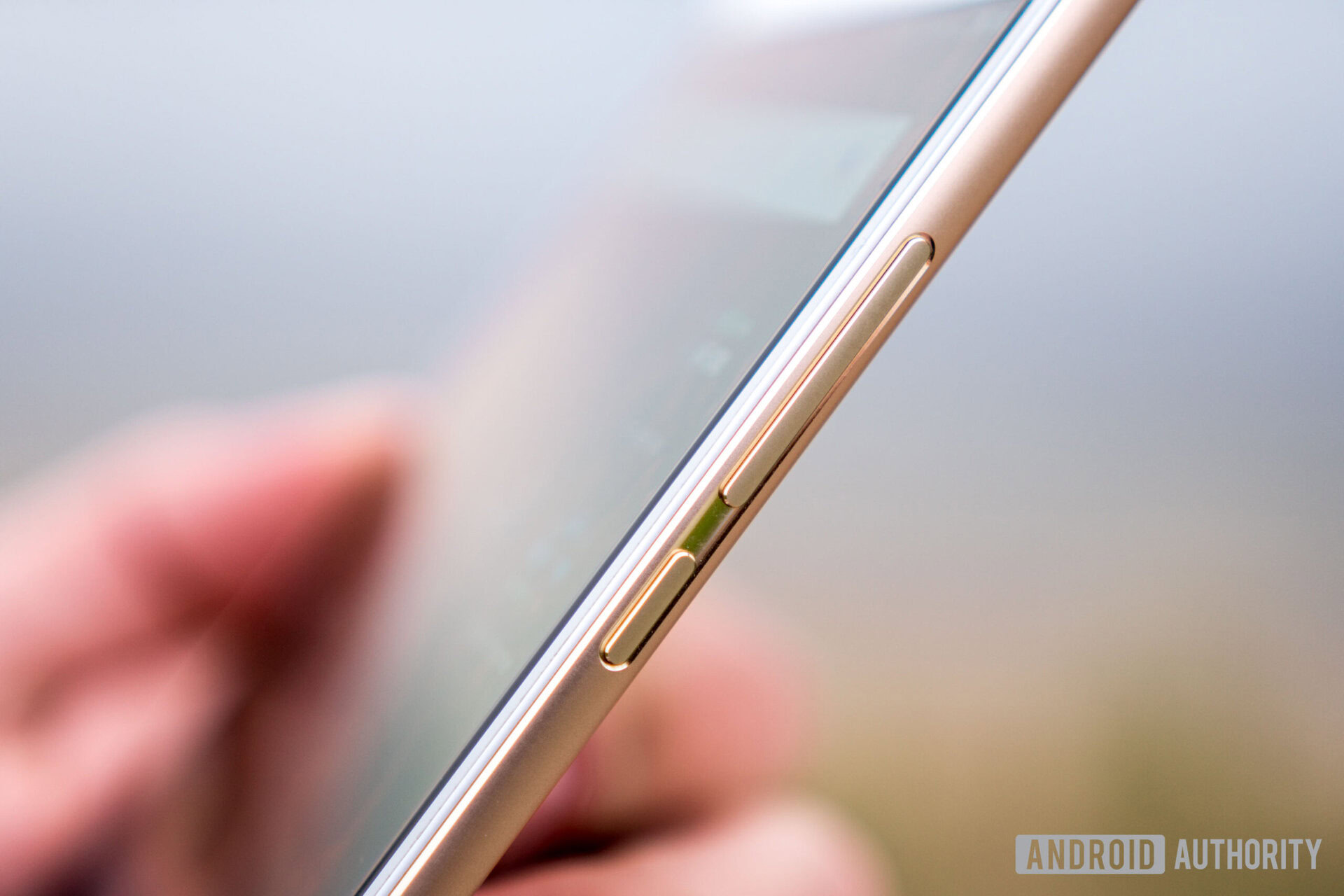
Meizu states that the body assembly process alone takes thirty steps and 150 hours to complete, and that amount of effort definitely pays off. The craftsmanship is quite frankly incredible. The Pro 6 Plus’ edges are definite and easy to grip yet maintain a smooth transition with the rear. The side power and volume buttons are satisfyingly tactile, too.
Make no mistake, this is a high-end design at a mid-range price
Small details like the curved antenna lines, accented earpiece, and ring flash further indicate a keen attention to detail. Make no mistake, this is a high-end design at a mid-range price.
We also really enjoy Meizu’s single-key navigation setup. Instead of the three-key layout that you are likely used to, mTouch allows users to press the single button to go home and tap it to go back. Multitasking is done with a simple swipe up from either the left or right side of the bottom bezel.

The multitasking menu has been redesigned for Flyme 6, too. The new design replaces the horizontal “cards” view with a vertical “screens” view. This makes it easier to close apps since you no longer have to change the direction of your finger between swipes.
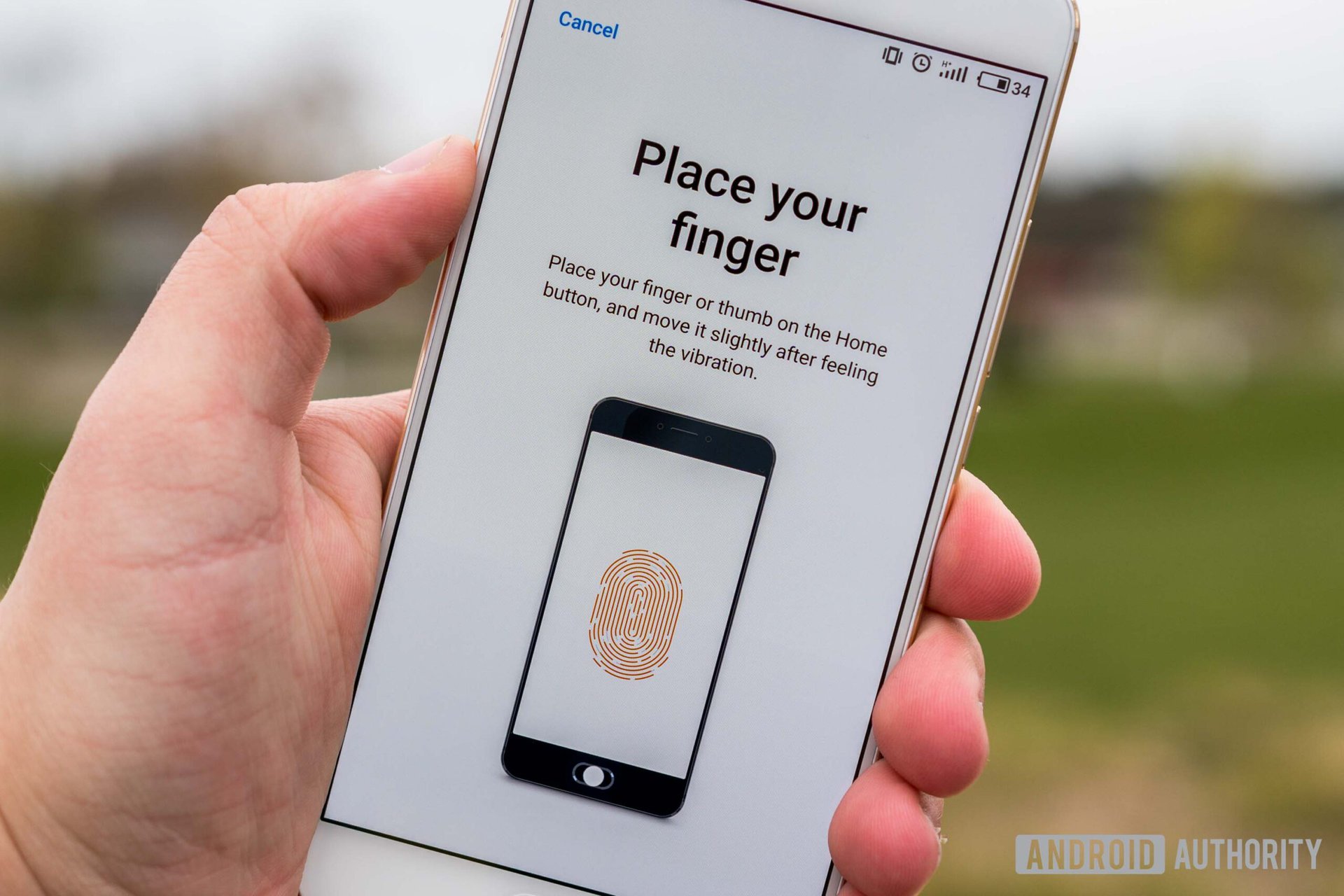
The single key not only serves useful for navigation, however. It also functions as a fast and accurate fingerprint reader. While not as fast as the readers on some other phones like the OnePlus 3T, it certainly feels fast in everyday use.
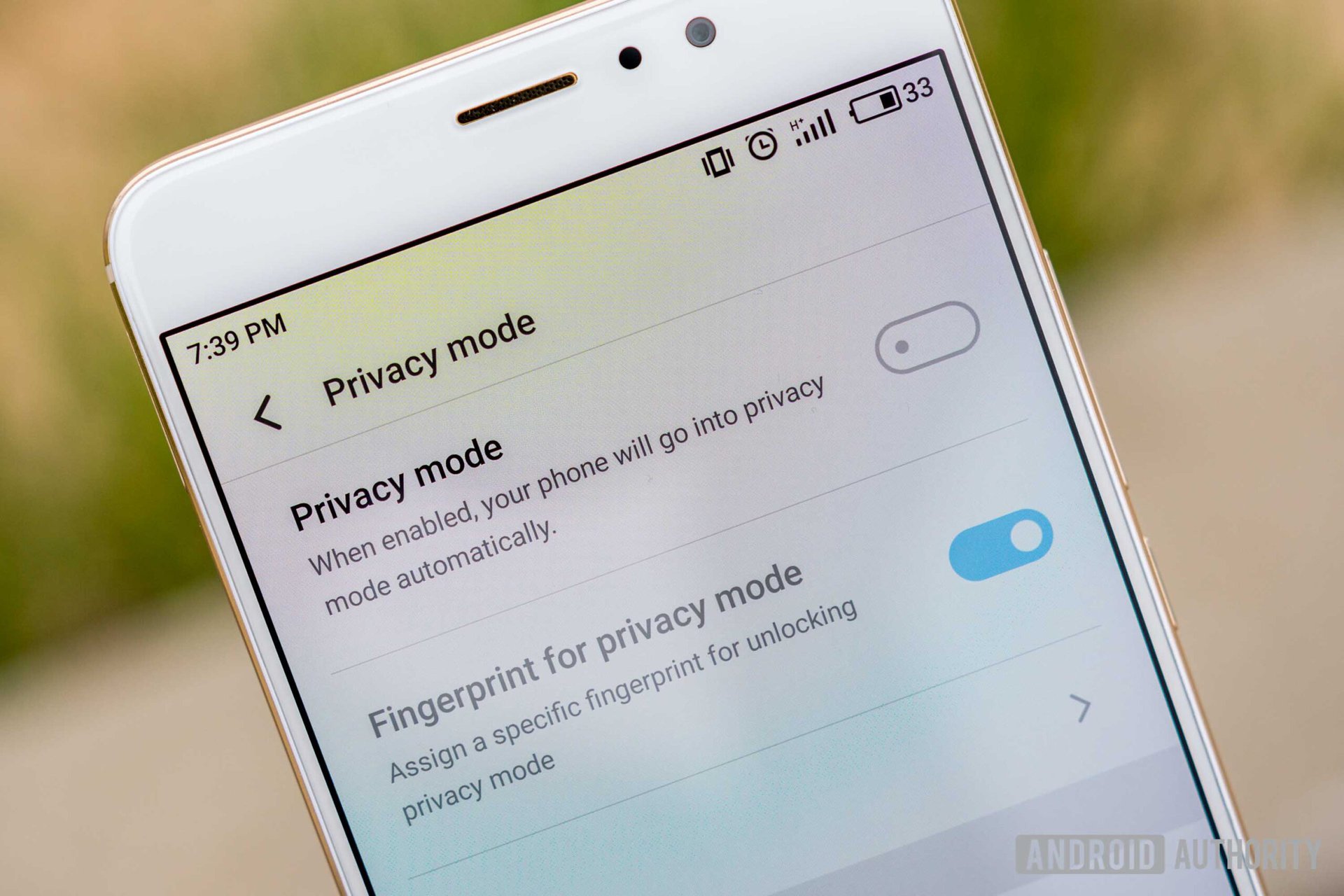
You can also assign certain fingerprints to a guest mode and a privacy mode
What’s really nice about the Pro 6 Plus’ fingerprint reader experience are the extra features that Meizu has added. Not only can you use the reader in third party apps and for unlocking the phone, but you can also assign certain fingerprints to a guest mode and a privacy mode.
For example, you could use your right thumb for normal mode and your left thumb to access private contacts, apps, photos, videos, and files that you wouldn’t be able to access in normal mode. The software also gives you the option to lock specific apps with fingerprints.
Display

The 5.7-inch Quad HD Super AMOLED display on the Meizu Pro 6 Plus is a considerable improvement from the Pro 6‘s display and is one of the best displays available at this price.
Colors are punchy yet not too oversaturated
Colors are punchy yet not too oversaturated, the contrast is excellent, and sunlight readability is decent. These attributes help make for a wonderful viewing experience in everyday use.
It’s a pleasure to use the Pro 6 Plus for everything from reading articles to watching television shows. The slightly larger size (most competing options have 5.5-inch displays), too, makes for a slightly more immersive visual experience. The minimum brightness level is also low enough to be able to use the phone comfortably in a dark room.
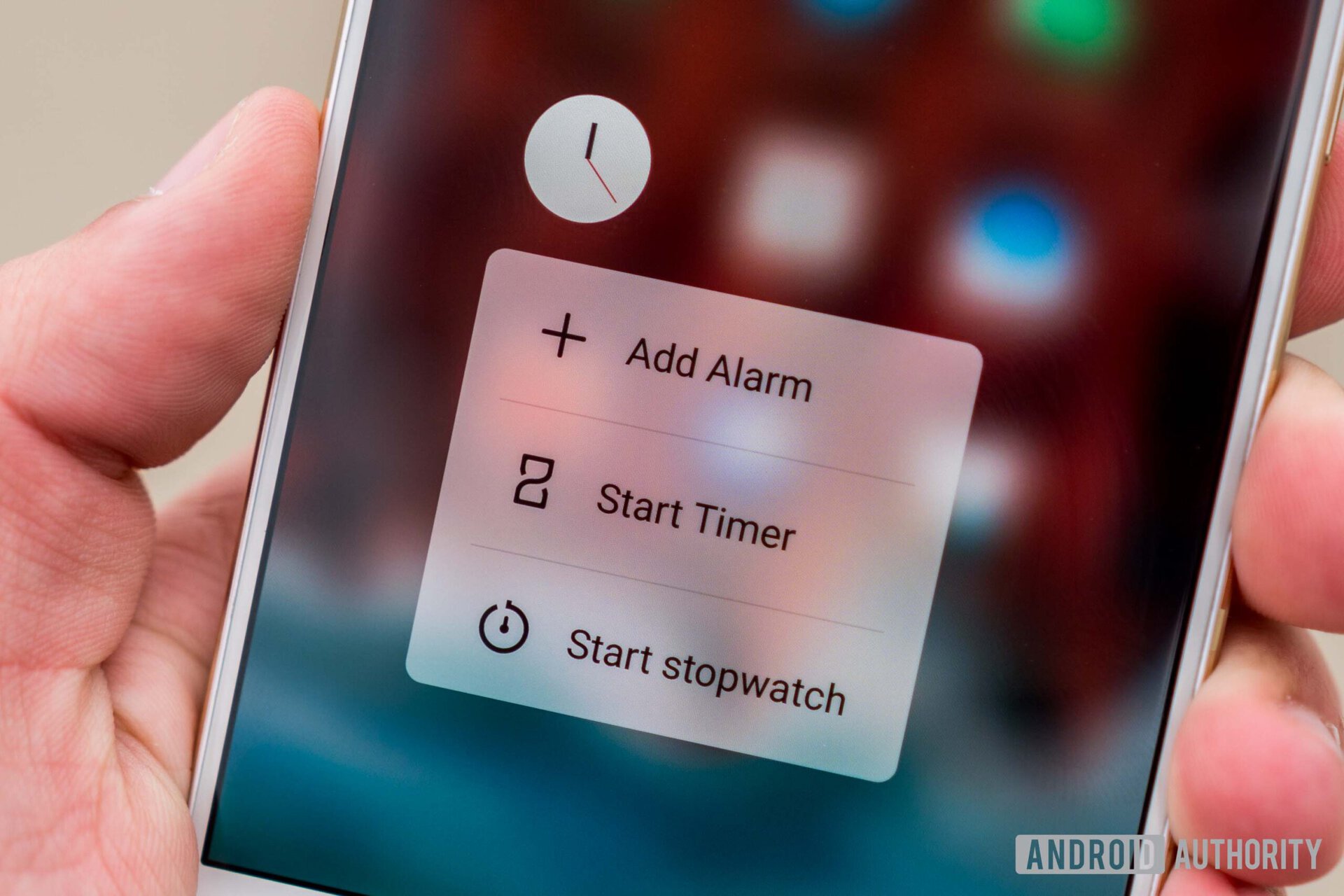
Interestingly, Meizu has included 3D Press technology with the Pro 6 Plus. Meizu’s 3D Press works much like Apple’s 3D Touch, where you can access contextual menus with firm presses on the display. Unfortunately, it only works with select Meizu apps, so it’s not very useful day-to-day. Still, some will certainly appreciate its inclusion.
The Meizu Pro 6 Plus also includes an Always On Display (AOD) feature, similar to many other devices with OLED displays. It works just as you’d expect, and Meizu claims that it drains less than 1% of battery life per hour, so you won’t have to worry about draining your battery too much.
Performance
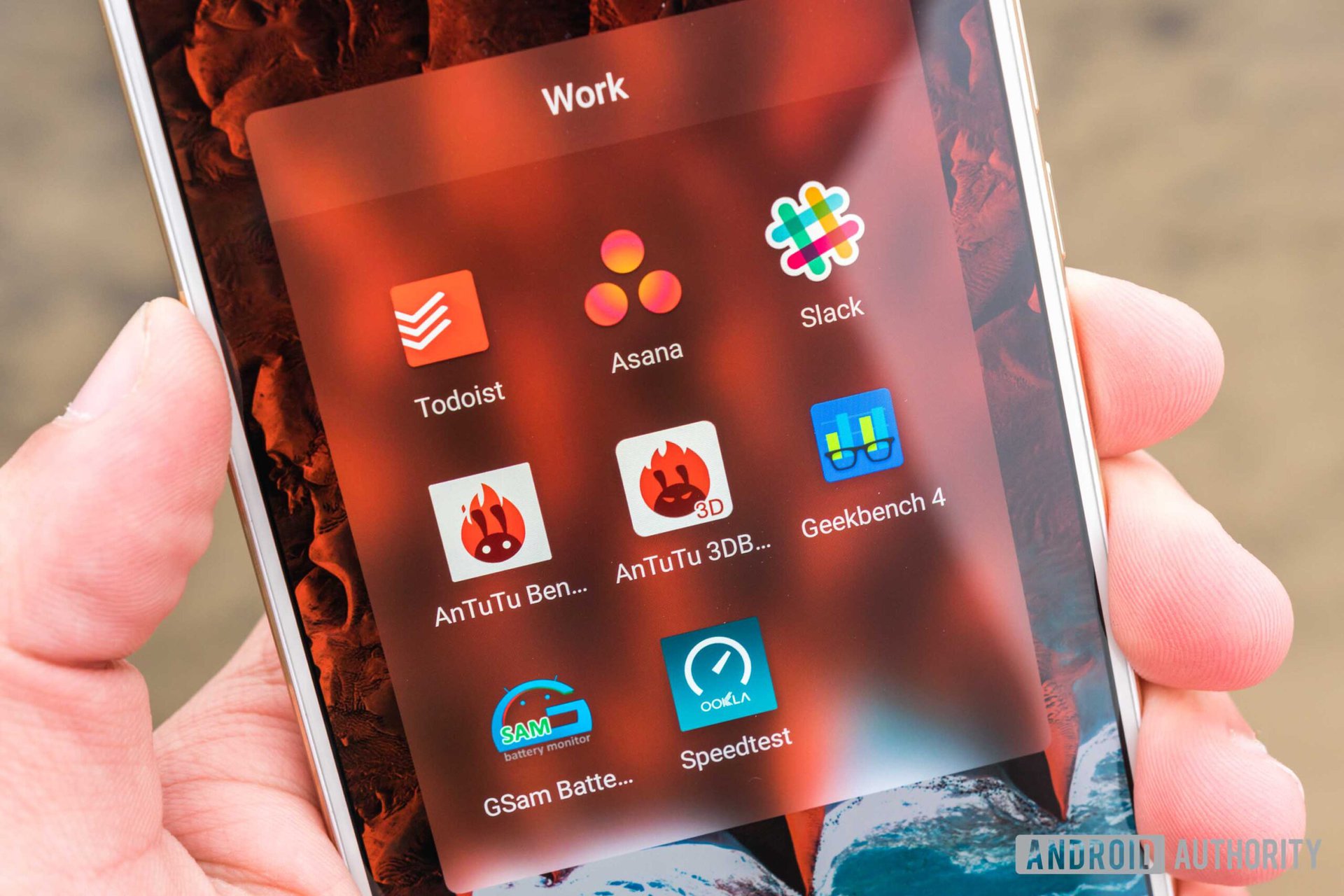
The Meizu Pro 6 Plus is powered by a Samsung Exynos 8890 Octa Core processor. The Exynos 8890 was used in some variants of the Samsung Galaxy S7 and the high-end 8890 is similar in performance to the Qualcomm Snapdragon 821.
The base model of the Pro 6 Plus has this chip clocked at 2.0 GHz, whereas the higher cost variant’s chip is clocked at 2.3 GHz. We tested the base model for this review, and while it doesn’t do extremely well in benchmarks, the 4 GB of LPDDR4 RAM and UFS 2.0 storage help ensure a smooth day-to-day experience.
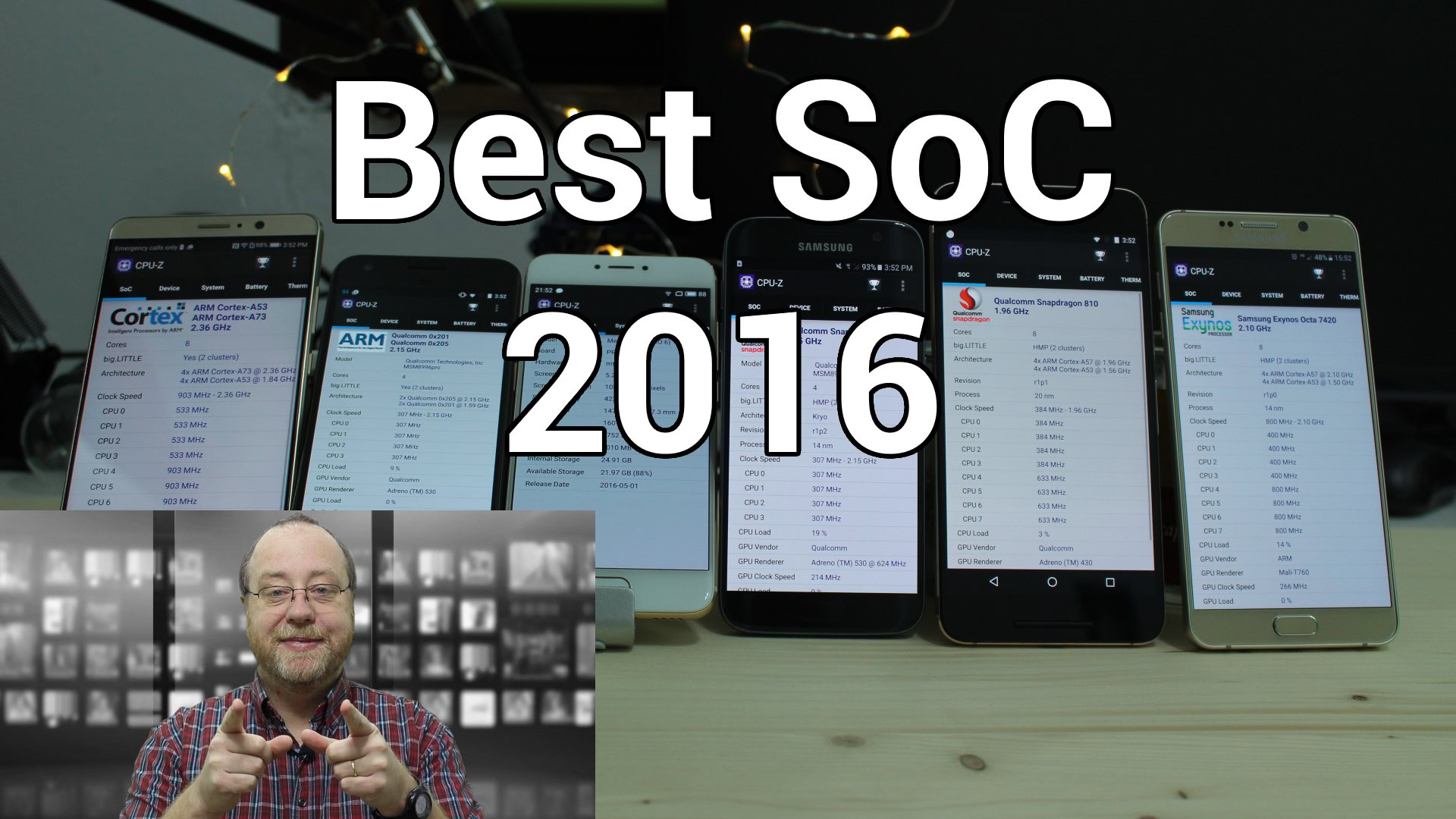
In terms of processing power, the Pro 6 Plus is indeed shy of the OnePlus 3T and ZTE Axon 7. Although even further off from the very recently announced Xiaomi Mi 6, the overall performance difference is still marginal.
Meizu's One Mind AI improves performance by learning user habits
Importantly, Meizu’s Flyme 6 software has a few features which help compensate for these marginal hardware differences. Meizu’s One Mind AI, for example, improves performance by learning user habits. Meizu states that Flyme uses that model to better manage memory and decrease predicted app load times. It’s nice to see some real software innovation in this category.
There’s also a ton of animations scattered throughout the OS, which makes the experience seem snappier and more intuitive. While animations are nothing new in the smartphone space, Meizu has polished these animations so well that they feel worth mentioning.
Hardware
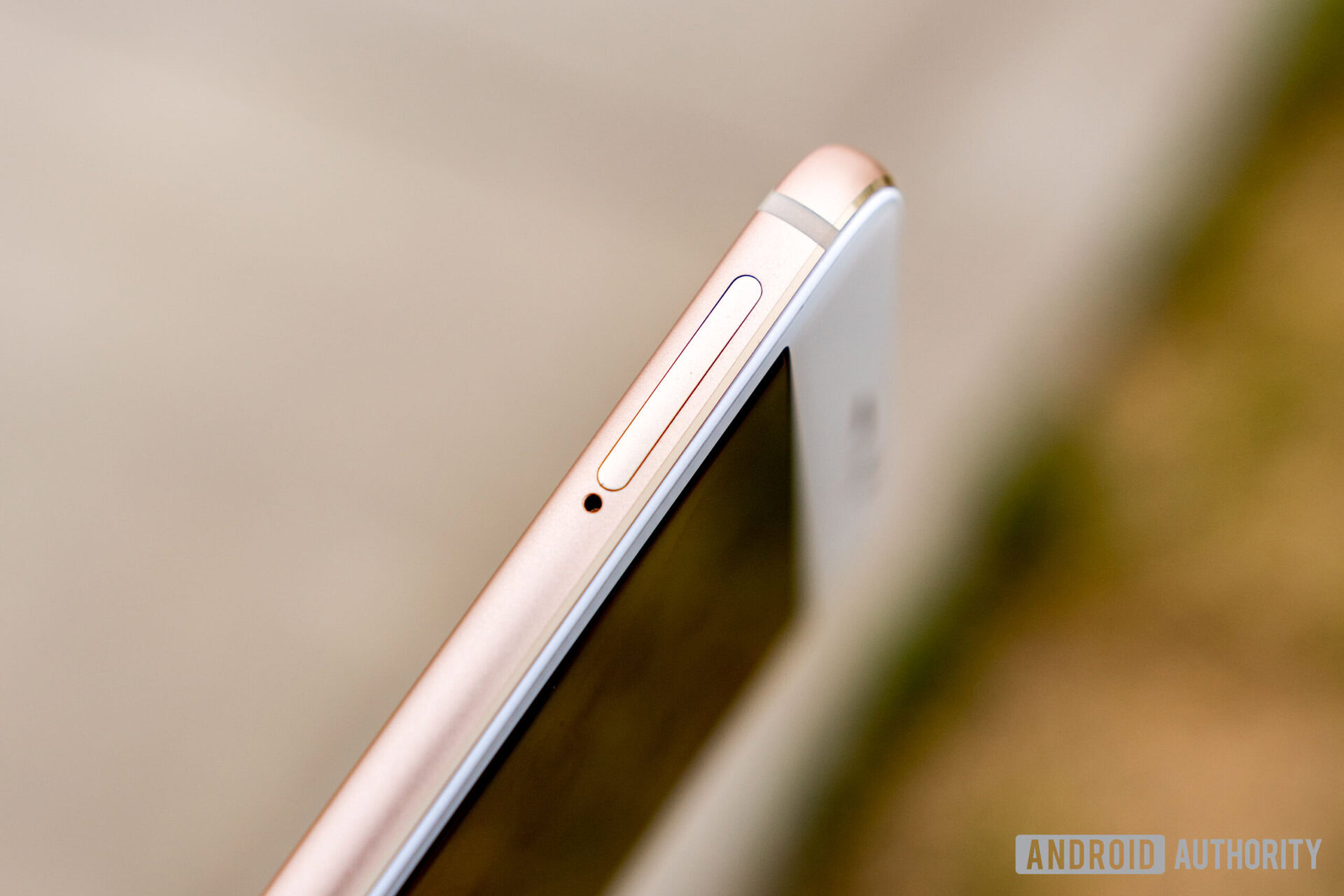
As you may have expected, the Pro 6 Plus includes two nano-SIM card slots. Since the phone is also unlocked out of the box, this means that you can use up to two SIM cards from the same or different mobile carriers with this single phone.
Sadly, there is no support for United States 4G LTE bands. To be fair, this phone is not intended for the US market and does support LTE bands for where it is being sold. However, you should definitely keep this in mind if you live in or travel to the US, as being limited to 3G is a pretty big drawback.
The storage is non-expandable
The Pro 6 Plus is available with either 64 or 128 GB of UFS 2.0 internal storage. Keep in mind that the storage is non-expandable, so if you think you might need more than 64 GB, you’ll want to go for the 128 GB model.
We understand that some may be disappointed by this choice, but it’s likely in order to avoid mixing slow microSD card storage with the phone’s fast internal storage. Doing so would result in a slower overall experience, which is likely why Meizu omitted this option.
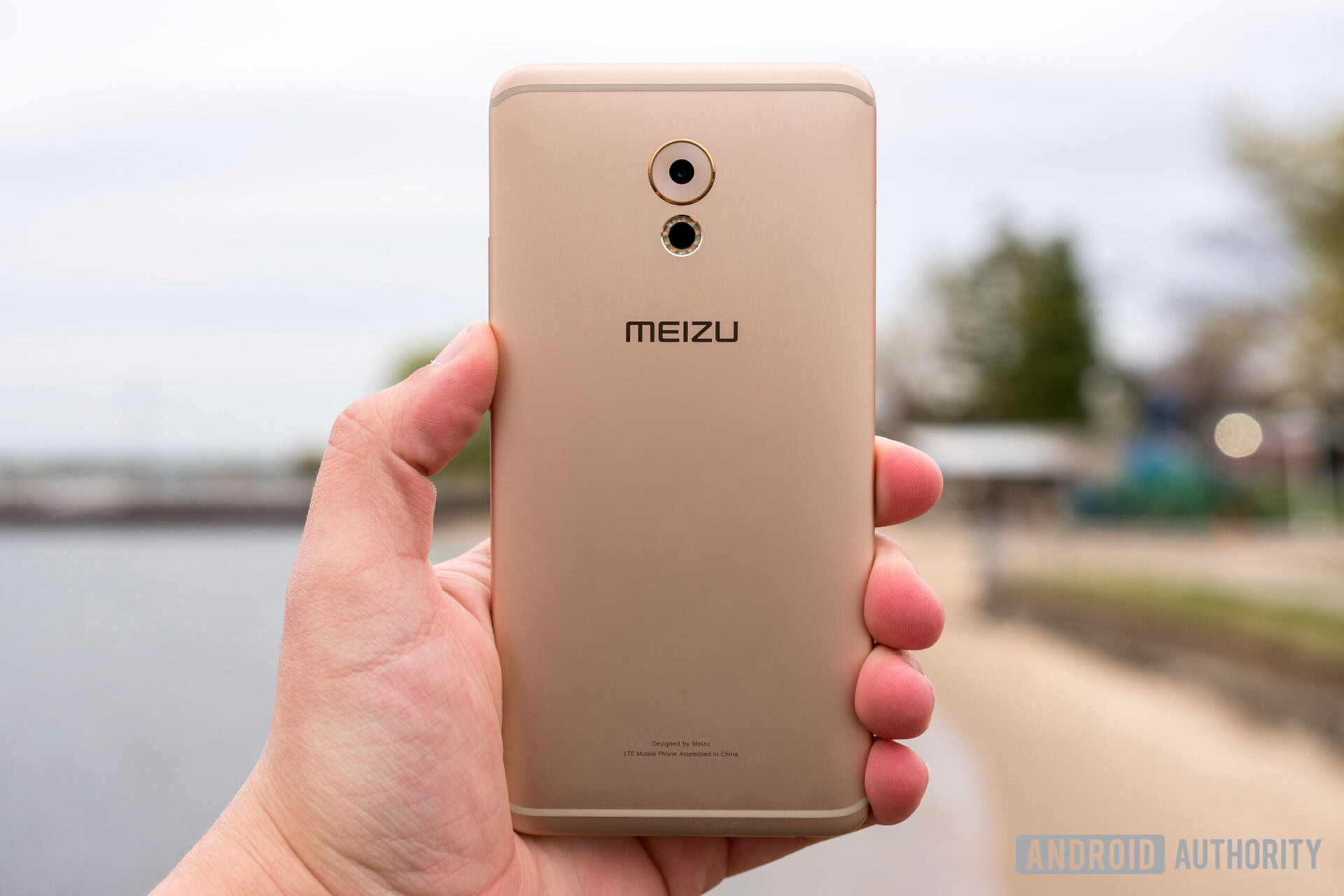
Although the Pro 6 Plus’ hardware includes NFC and a heart rate monitor, both of these features were disabled in the global firmware at the time of writing. The hardware is here, but the global software is currently unable to work with it. Hopefully Meizu will fix this for global users very soon.
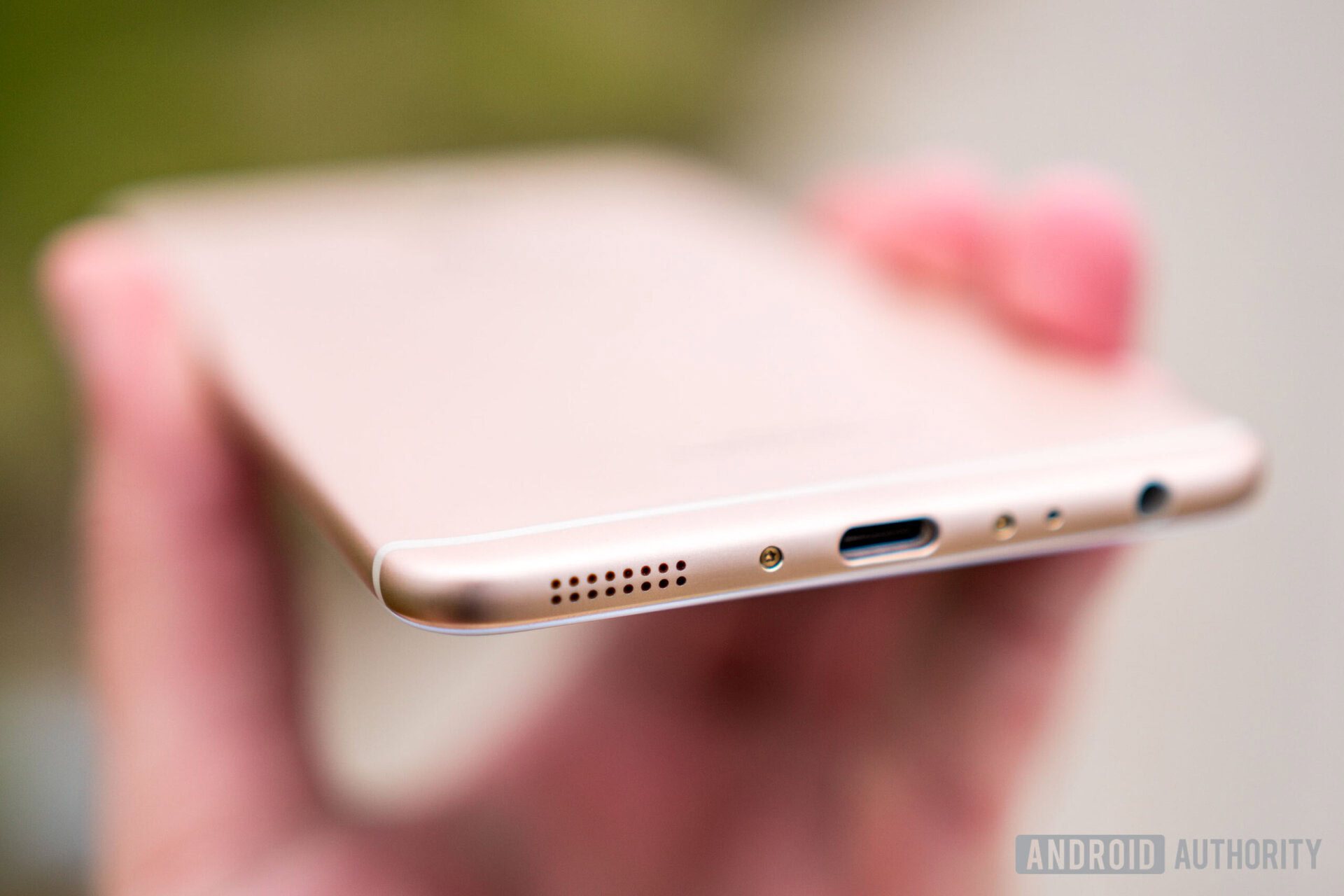
The single internal speaker on the Pro 6 Plus is pretty good. It’s loud enough for general use albeit a bit distorted at higher volumes. Still, it will certainly fit the bill for most users.
The Pro 6 Plus includes Hi-Fi audio with the 32-bit ES9018K2M DAC and ADI AD45275 amp
Those with 3.5mm headphones can breathe a sigh of relief as Meizu has decided to retain the 3.5mm headphone jack for the Pro 6 Plus. In addition, the Pro 6 Plus includes Hi-Fi audio with the 32-bit ES9018K2M DAC and ADI AD45275 amp.
Meizu is stressing energy efficiency with this audio setup. One of the ways in which this is achieved is through the software. Flyme automatically determines the type of audio device and then adjusts the gain as appropriate. This ensures that the volume levels stay within reasonable ranges for the device connected.
Battery life
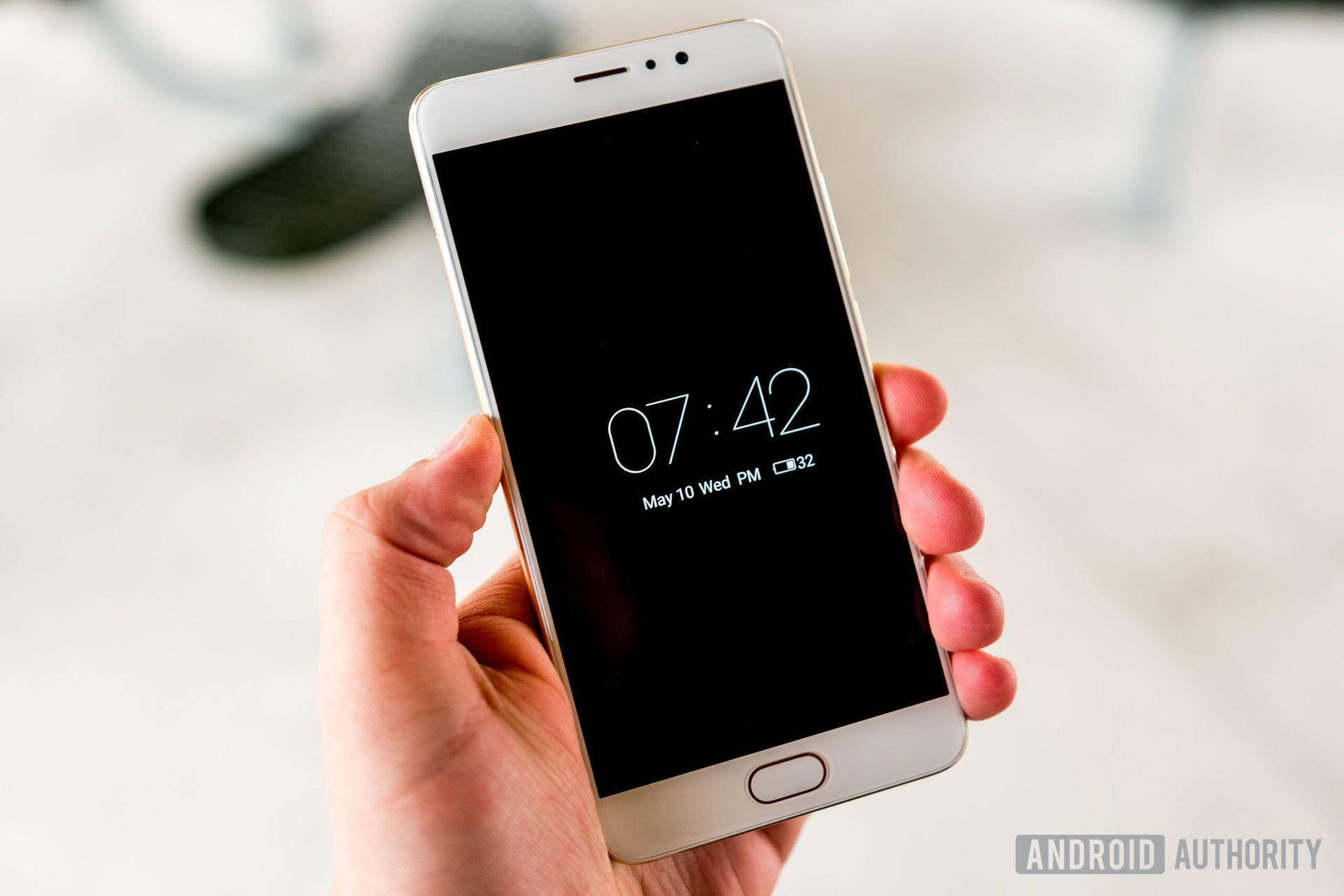
Thanks to its large 3400mAh non-removable battery, the Pro 6 Plus is able to provide great battery life. We noticed a significant improvement in standby usage after upgrading to a beta version of Flyme 6, which seems to be the primary reason behind the substantially boosted numbers.
With Flyme 5, we averaged around three and a half hours of screen on time with nineteen hours of use. However, after upgrading to Flyme 6 beta, we averaged around five and a half hours of screen on time with twenty-six hours of use. That’s a pretty big difference, so our assessment and rating more heavily considers the Flyme 6 experience.
Unlike many of the smartphone battery life tests completed here at Android Authority, these tests were conducted over AT&T’s HSPA+ network instead of an LTE network. This is because the Meizu Pro 6 Plus does not support 4G LTE in the United States, so we had no choice but to use the phone with 3G only. Please understand that actual battery life will thus be less when using the phone on an LTE number.
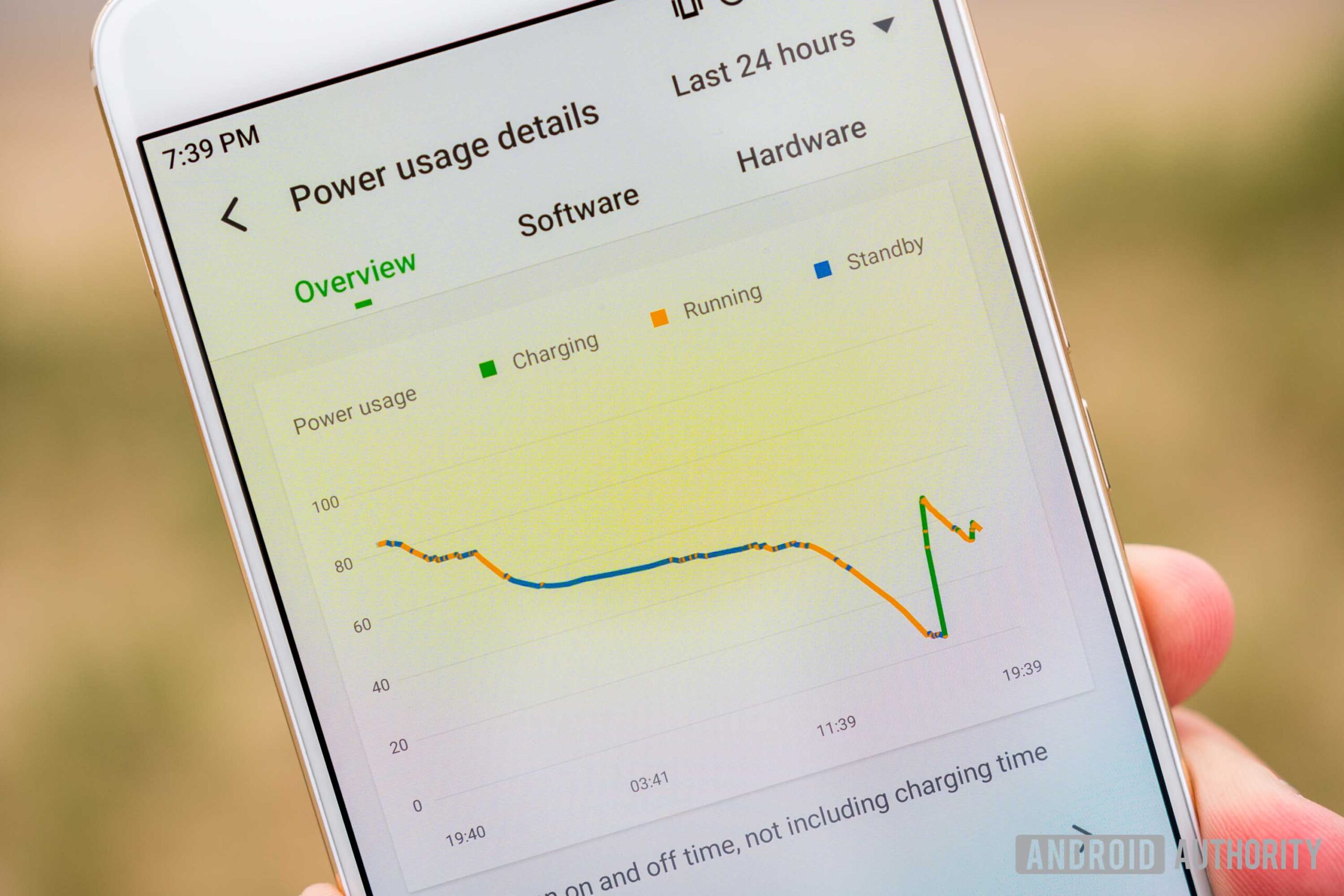
Thankfully, Meizu has adopted the new USB Type-C 3.1 standard for the Pro 6 Plus. This allows for super fast data transfers plus mCharge 60W fast charging. We were able to charge the phone from 0 to 50 percent in thirty minutes and to 100 percent in sixty minutes.
The Pro 6 Plus is one of the fastest charging phones we've ever used
If you consider the amount of charge taking place in that amount of time, the Pro 6 Plus is one of the fastest charging phones we’ve ever used. It’s just a shame that it’s not a more ubiquitous fast charging standard, as you’ll be severely limited in charger selection.
Camera
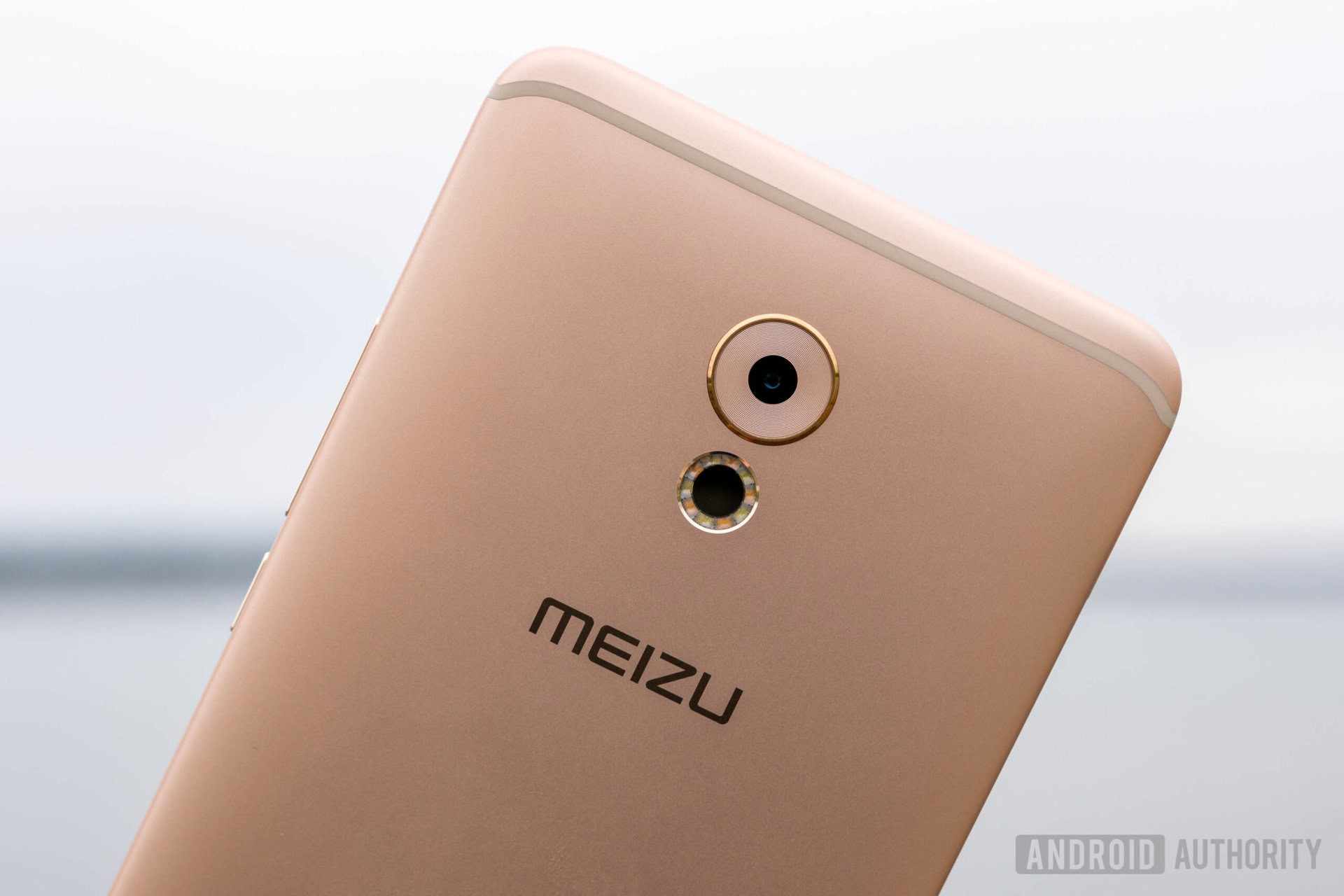
The Meizu Pro 6 Plus is equipped with a Sony IMX386 12 MP f/2.0 rear camera with laser autofocus, 4-axis optical image stabilization, and a dual-tone 10-LED ring flash. Interestingly, the same Sony IMX386 camera sensor has been used in the rival Xiaomi Mi 6.
Of course, we’ve seen time and time again that specs don’t always make or break image quality, so it’s important to analyze sample images to make a better judgement. Thankfully, we’ve captured a bunch of images in both good and poor lighting.
Images taken in good lighting turned out quite well. General color reproduction is excellent; images have just the right amount of contrast and saturation. Photos are also sharp and detailed despite the lower megapixel count.
We did notice some processing issues with bright reds
Dynamic range seems to be great too. The camera balanced the highlights and shadows of many shots very well, allowing for more realistic photos. We did notice some processing issues with bright reds, but this is far from unusual at this price. Otherwise, daytime photos look great.
Camera performance does fall apart in low-light scenarios, however. Images are softer, colors become muted, and digital noise is noticeable. This is pretty much always the case at this price though, so we’re far from surprised. Still, if you plan to take a lot of pictures in low-light, you’ll want to consider a more expensive option like the Google Pixel XL.
While this isn’t a camera shootout by any means, we can confidently say that the Pro 6 Plus’ rear camera produces slightly better stills than the OnePlus 3T‘s rear camera and considerably better stills than the ZTE Axon 7‘s. The HONOR 8 still holds the crown at this price point though.
The front camera is an 5 MP f/2.0 shooter and performs about as well as we expected. The built-in Beauty mode doesn’t overdo it, too, which is great as many other beauty modes do.
The Pro 6 Plus’ rear camera can capture 4K video at 30fps. The video files are encoded using the new HEVC codec, which allows for smaller, more compressed files. Quality remains intact with this codec, but the files can prove challenging to play on some devices. You can always convert the files to a different codec if you have trouble, however.
Actual video quality is good but not great. We found the OIS to be a bit weak in our testing, but video otherwise looks pretty good.
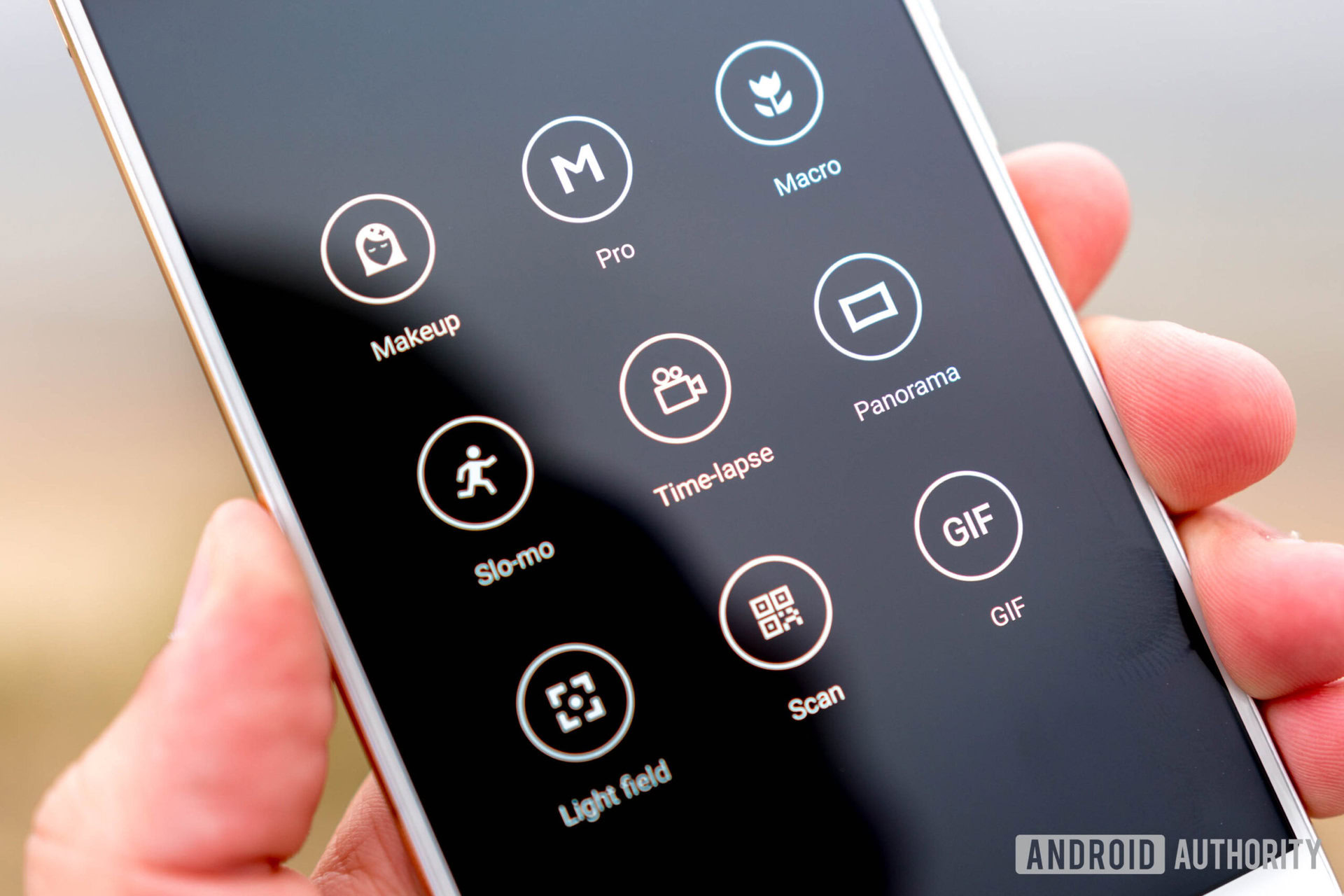
The camera app has been slightly refined with Flyme 6, but offers the same great shooting experience as other Meizu devices. There’s a number of modes and filters available, yet the basic shooting experience remains easy to use.
You can access the camera by double pressing the home button
You can also access the camera by simply double pressing the home button. That gesture also works when the phone is locked, so you can pull up the camera app without having to unlock the phone when you want to quickly get a photo. This is a really nice feature to have so we’re glad that Meizu implemented it into the Pro 6 Plus.
Software
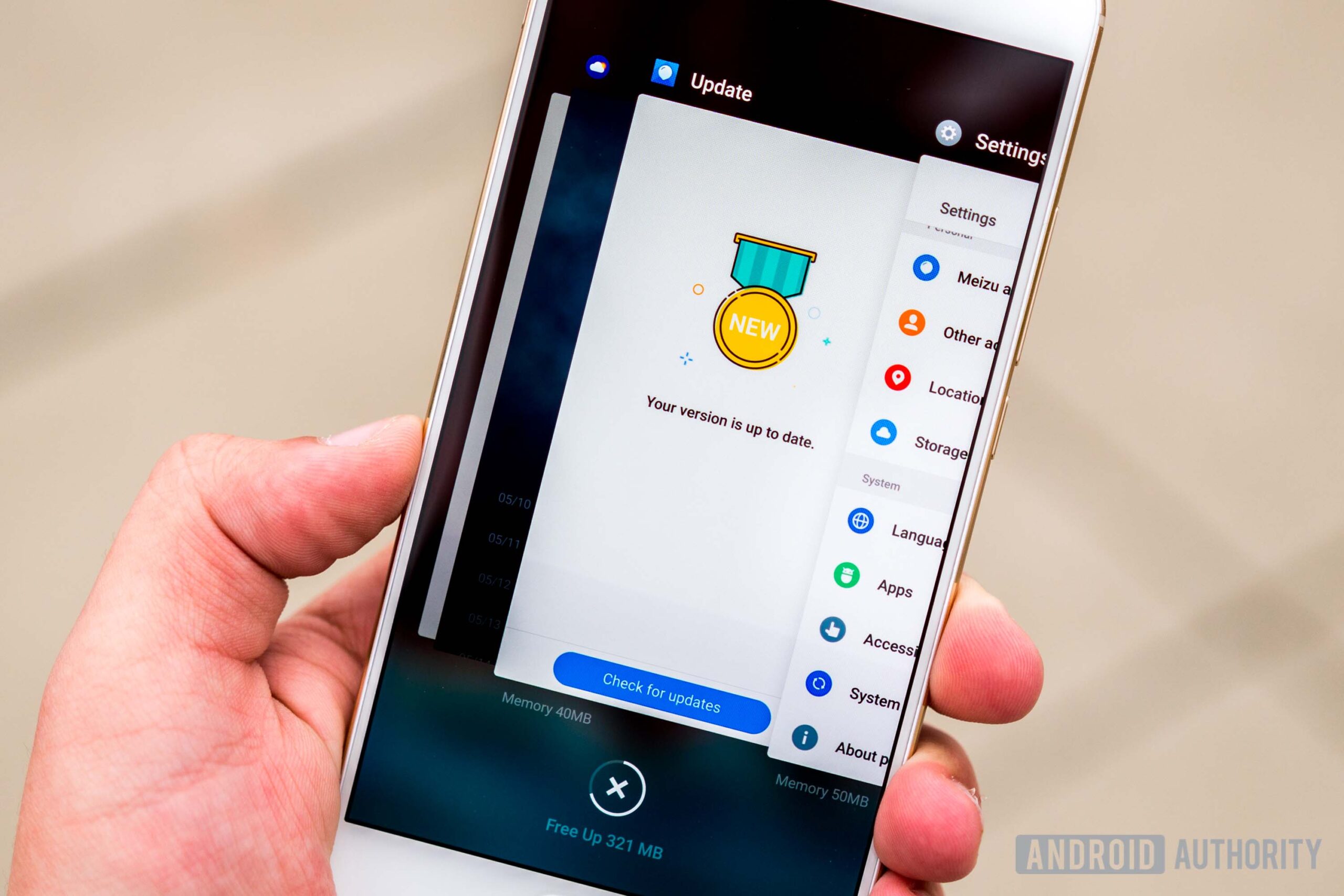
Unlike many Chinese smartphones, the key selling point of the Meizu Pro 6 Plus is the software. It runs Android 6.0.1 Marshmallow, but that’s not what makes the experience unique. It’s Meizu’s Flyme skin that adds a fresh layer of value to the Pro 6 Plus.
Although the Pro 6 Plus ships with Flyme 5, Meizu is nearly done with Flyme 6. At the time of writing, users can download and use a second beta version of Flyme 6, which is what we’ve decided to evaluate because of the significant changes that it brings to the table.
It’s sometimes difficult to convey why such a different but polished software experience is nice to use as many people gloss over the details once they hear “non-stock Android.” There are a bunch of Android skins out there. And, let’s face it: a lot of them are bad. That makes people dismissive, which is quite unfortunate as there are some really great non-stock experiences out there.
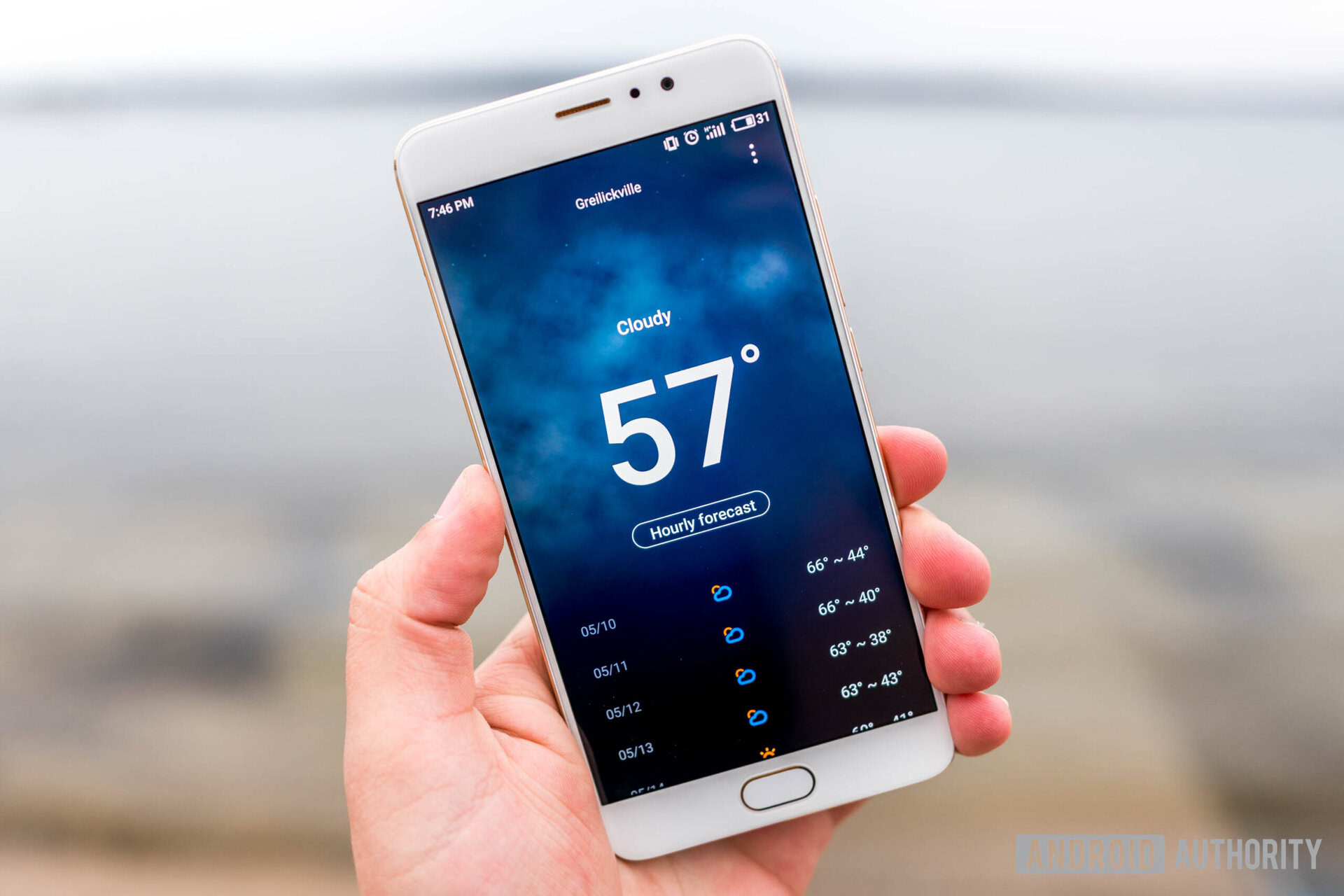
Flyme 6 may just be the best Android skin available
Flyme 6 is the best software that Meizu has developed to date, and may just be the best Android skin available to date. The clean design, performance enhancing AI, innovative features, and overall polish all help make Flyme 6 an absolute pleasure to use. It’s easily one of our favorite aspects of the Pro 6 Plus.
Meizu has redesigned Flyme 6 to be more colorful and bolder. The design philosophy is content driven and emotional, which makes for an intuitive and fun experience. It’s also very consistent; the design of the system apps reflects that of the system menus. Everything seems well thought out, which can most definitely not be said for many other Android skins.
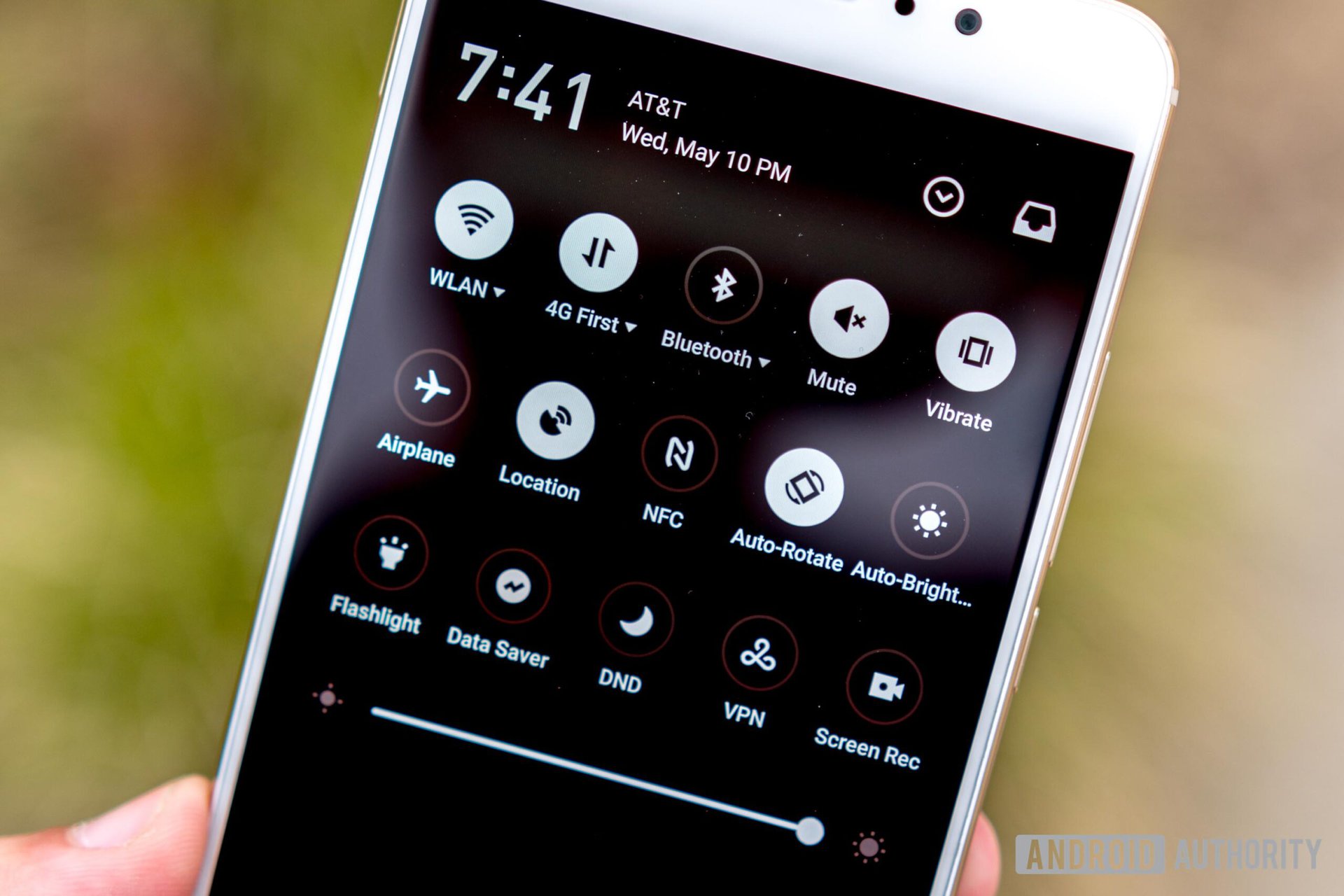
We really like Meizu's drive to innovate
We also really like Meizu’s drive to innovate. Flyme 6 includes a great number of features that we have never seen before, let alone in stock Android. For example, the software categorizes notifications sent by apps as either important or non-important. You’ll get important notifications as you usually would, but non-important notifications get sent to a separate shade. You can customize this feature on a per-app basis, or just turn it off, but we really found it helpful in cutting out distractions.
There’s also a number of security features that have been added throughout the software. Not only is there nonintrusive built-in anti-virus, but there’s also Wi-Fi network security scanning. This feature can detect simple issues like non-encrypted traffic and more complex issues like DNS tampering and ARP poisoning.
For security features, there’s also a secure payment mode, which makes a number of system changes to prevent other apps from hijacking the phone. So, for example, when opening PayPal, Flyme automatically disables screen overlays, temporarily prevents other apps from reading SMS verification codes, and disables non-touch-screen inputs. There’s a few other changes too, but the initiative here to prevent attacks is commendable.
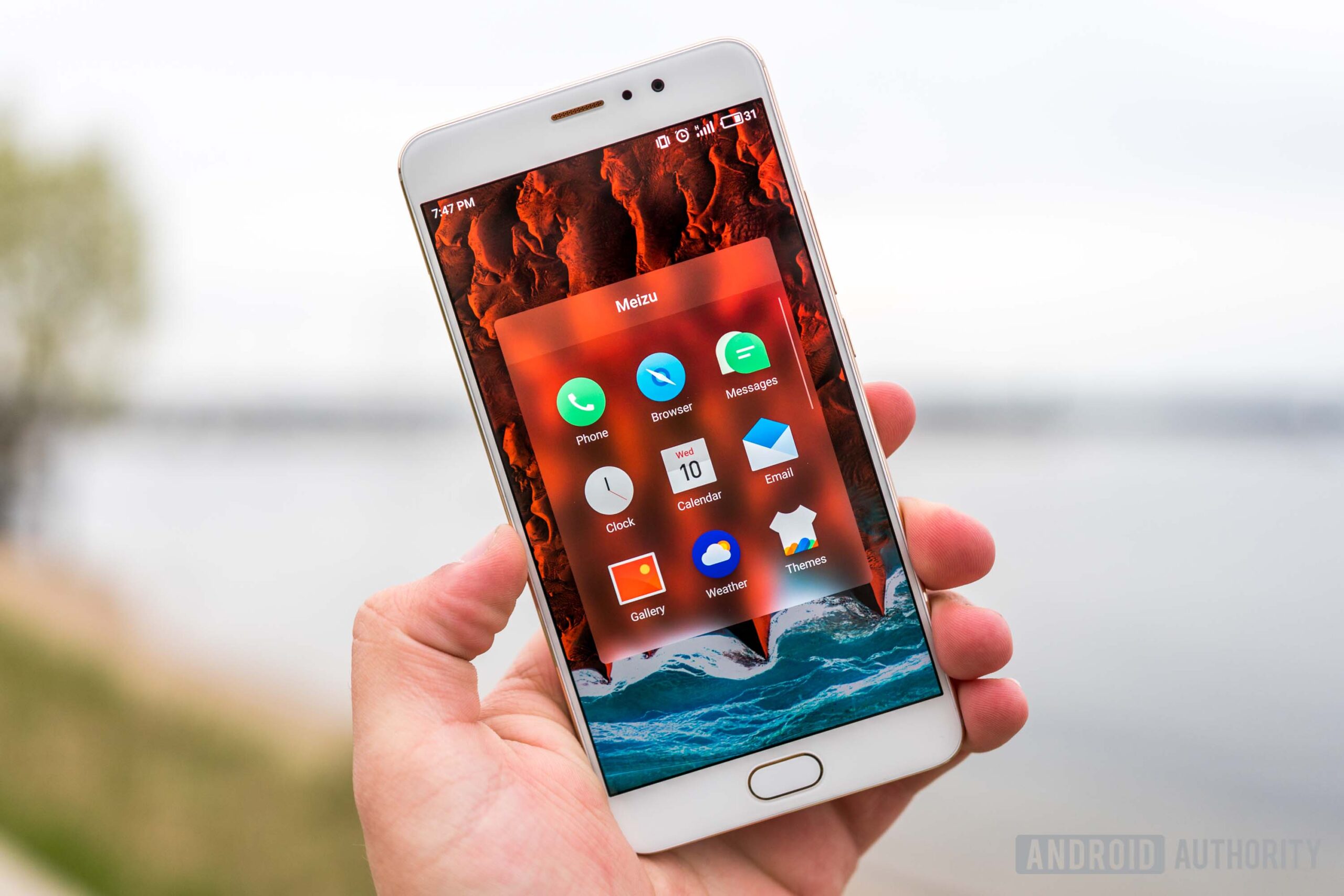
What’s nice about Meizu’s execution here is that they aren’t overdoing it with useless features. The logical approach is noticeable in many areas, and we wish other Android manufacturers would take some notes.
There are still some areas that need improvement
There are still some areas that need improvement, however. One of the most glaring issues is Meizu’s lack of an official relationship with Google. This means that they can’t install Google apps and services on their smartphones like other Chinese manufacturers can.
Meizu instead relies on unauthorized methods. While these methods are effective, some Google apps like Android Pay won’t work because they cannot determine whether Meizu follows Google’s security standards. Thankfully, we haven’t had any notification issues with the Pro 6 Plus.

One other thing to note is that Meizu’s updates generally only include changes to Flyme and not new versions of Android. This isn’t a major issue since Meizu is pretty good about bringing newer Android features to old versions of Android.
Still, we estimate the probability of the Pro 6 Plus receiving an Android 7.0 Nougat update to be highly unlikely. Given that Android 6.0 Marshmallow is already one and a half years old at the time of writing, this could be a deal breaker for some.
Specifications
| Meizu Pro 6 Plus | |
|---|---|
Display | 5.7-inch Super AMOLED display 1440 x 2560 resolution 515 ppi 3D Touch |
Processor | Exynos 8890 Octa Octa-core |
GPU | Mali-T880 MP10 or Mali-T880 MP12 |
RAM | 4 GB |
Storage | 64 GB 128 GB |
Cameras | Rear: 12 MP, f/2.0, OIS, phase detection & laser autofocus, ten-LED (dual tone) flash Front: 5 MP f/2.0, 1.4 µm pixel size |
Battery | 3,400 mAh Non-removable |
Ports | USB Type-C (USB 3.1) 3.5 mm headphone jack |
Water resistance | No |
Connectivity | Wi-Fi 802.11 b/g/n/ac dual band Bluetooth 4.1 A2DP, LE NFC |
Software | Android 7.1.1 Nougat |
Dimensions and weight | 155.6 x 77.3 x 7.3 mm 158 g |
Gallery
Price
The Meizu Pro 6 Plus is now available in China and can be purchased in gold, silver, or black. The base model is 2999 RMB (≈$435) and includes 64 GB of storage and a 2.0 GHz Exynos 8890 processor. The higher-end model is 3299 RMB (≈$478) and includes 128 GB of storage and a 2.3 GHz Exynos 8890 processor.
Conclusion
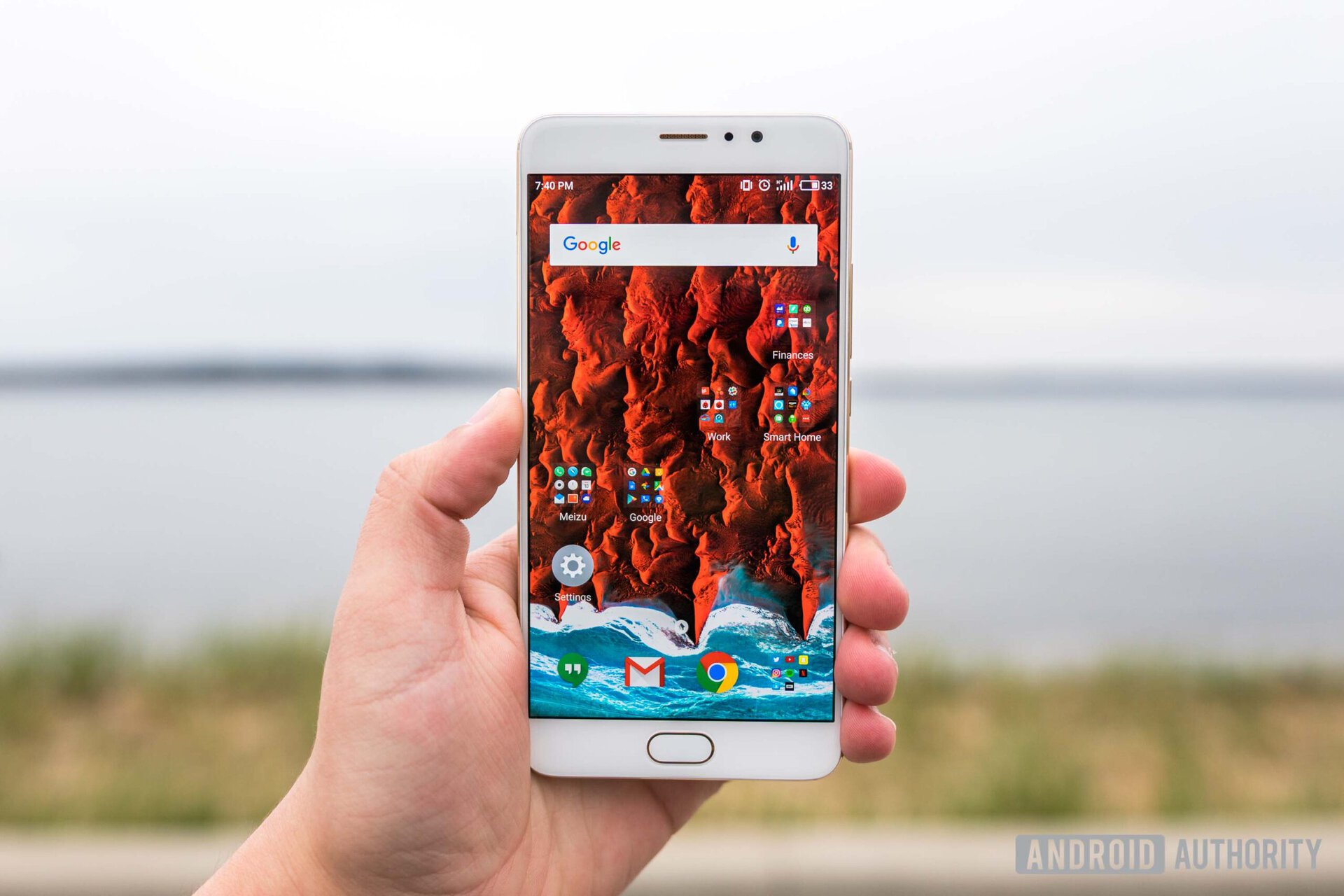
Despite the recent explosive growth in the affordable flagship market, Meizu has still managed to deliver an option that truly stands out. Like many of its competitors, the Meizu Pro 6 Plus offers great hardware. It’s in the software, however, where the Pro 6 Plus inches ahead of its competitors.
It's in the software where the Pro 6 Plus inches ahead of its competitors
With the Pro 6 Plus, you’re getting a great camera, a wonderful display, excellent performance, and, of course, fresh and innovative software. While there are certainly some flaws — the NFC and heart rate monitor are disabled by global software, Google apps support is unofficial, and the phone lacks support for US 4G LTE — the Meizu Pro 6 Plus offers an exceptional experience for its target audience.
And, that will be all for our Meizu Pro 6 Plus review! We hope that you found this article informative. If you have any questions or comments, please leave them in the comment section below!